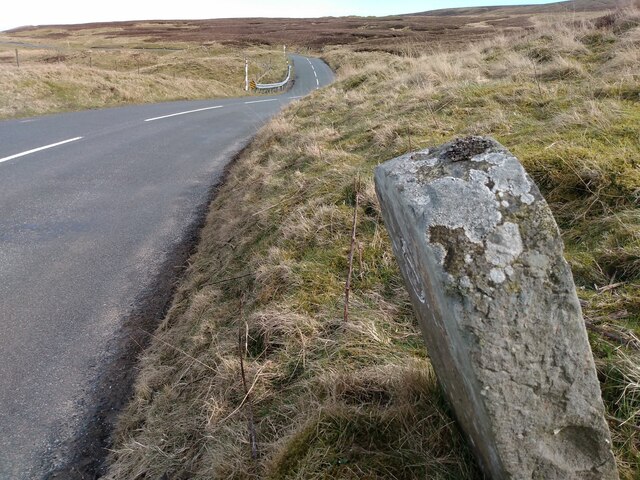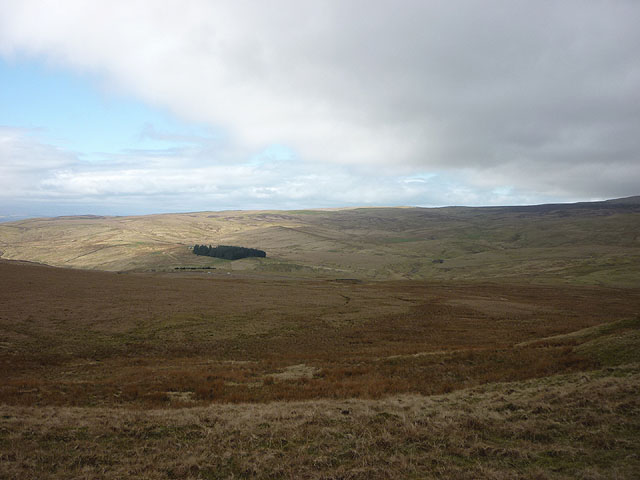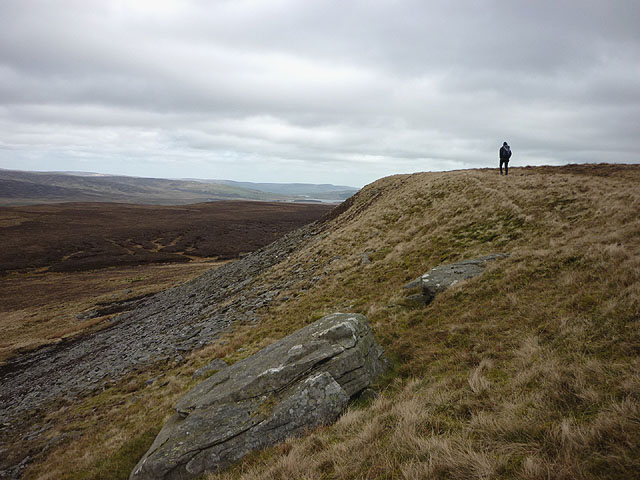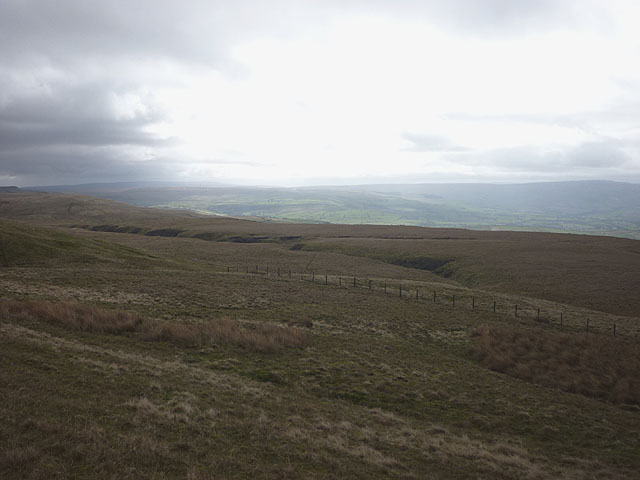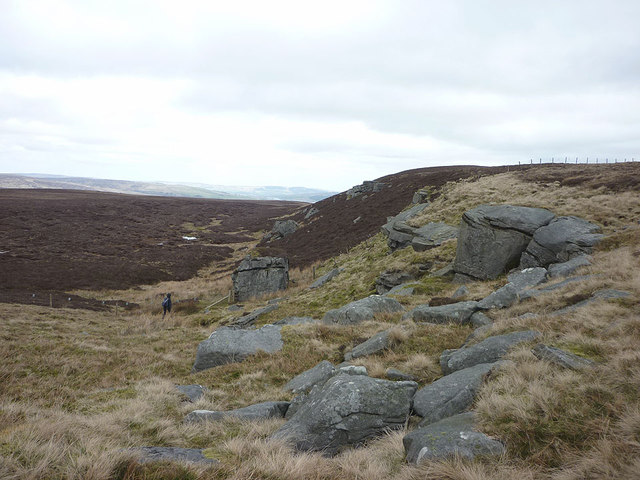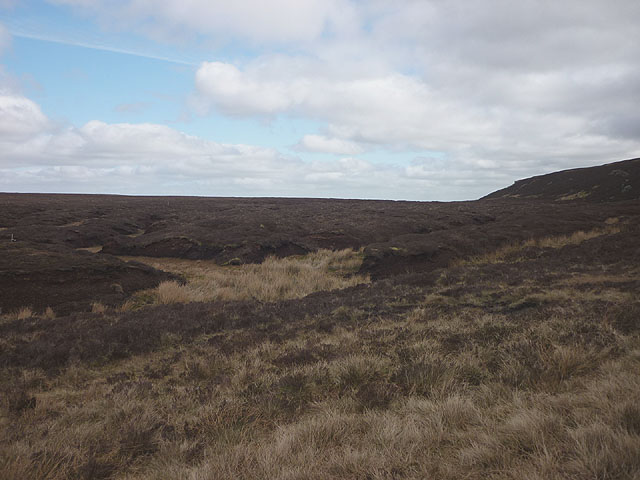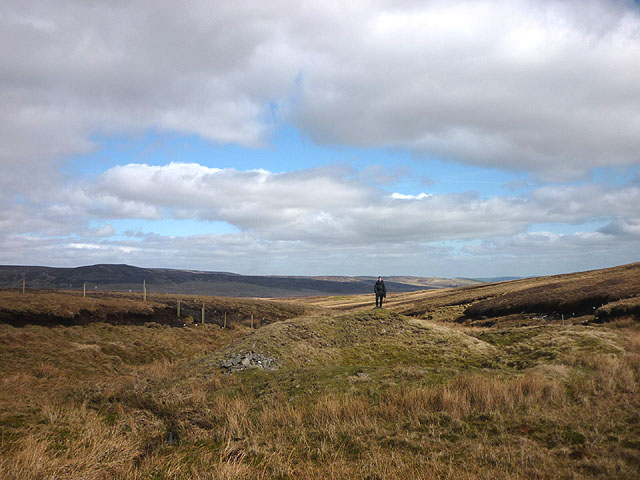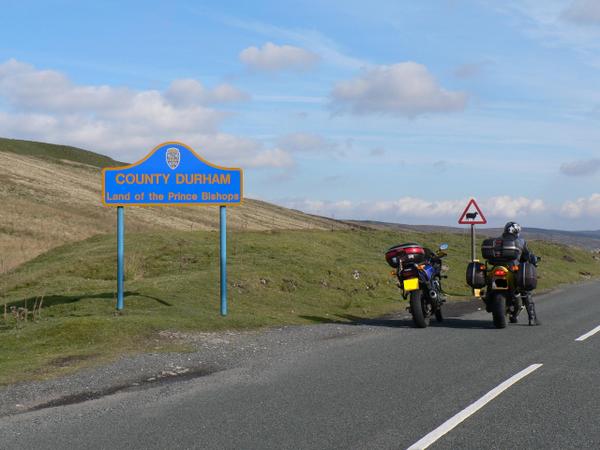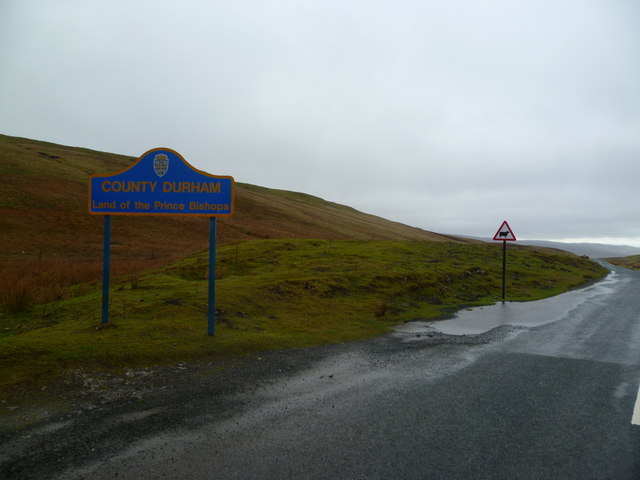Slate Quarry Moss
Downs, Moorland in Westmorland Eden
England
Slate Quarry Moss
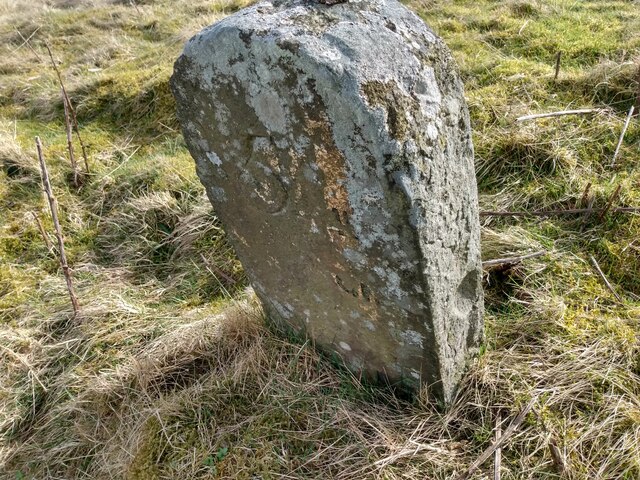
Slate Quarry Moss, located in Westmorland, is a fascinating natural site that showcases the unique beauty of the Downs and Moorland regions. Spanning over a vast area, Slate Quarry Moss is primarily known for its abundant moss cover, which creates a vibrant green carpet across the landscape.
The quarry itself was once a bustling hub of slate mining activity during the 19th century. Today, remnants of this industrial past can still be seen, with old quarry buildings and equipment dotted around the area. These remnants serve as a reminder of the rich history and economic significance of the slate industry in the region.
The moss-covered terrain of Slate Quarry Moss provides a habitat for a diverse range of flora and fauna. The dense moss acts as a sponge, retaining moisture and creating a unique microclimate that supports the growth of various plant species. Visitors can spot an array of mosses, lichens, and ferns, adding to the visual appeal of the site.
The open expanse of Slate Quarry Moss offers breathtaking panoramic views of the surrounding countryside. The Downs and Moorland regions are known for their rolling hills, dramatic cliffs, and picturesque valleys. As such, Slate Quarry Moss attracts outdoor enthusiasts, hikers, and nature lovers who come to immerse themselves in the natural beauty of the area.
Overall, Slate Quarry Moss is a captivating destination that combines history, natural beauty, and recreational opportunities. Its moss-covered landscape, combined with its industrial heritage, make it a unique and memorable place to visit in Westmorland.
If you have any feedback on the listing, please let us know in the comments section below.
Slate Quarry Moss Images
Images are sourced within 2km of 54.560014/-2.2435635 or Grid Reference NY8418. Thanks to Geograph Open Source API. All images are credited.

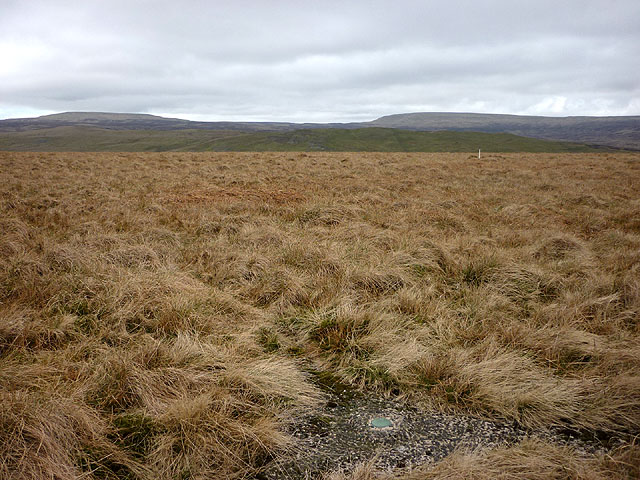
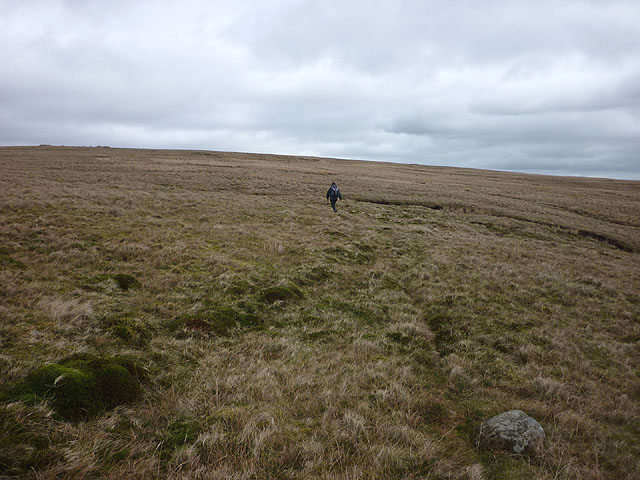
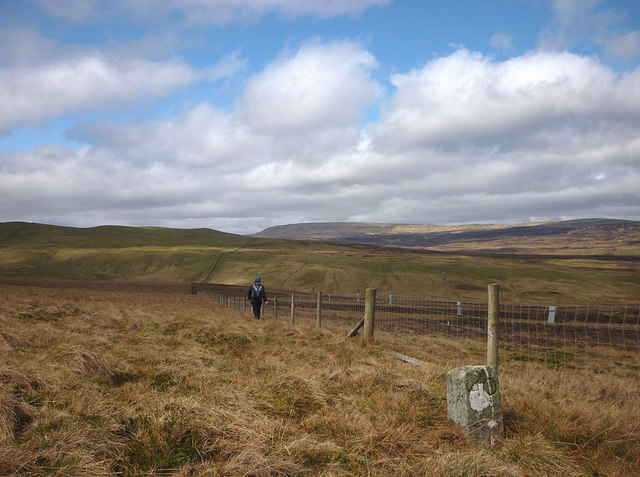

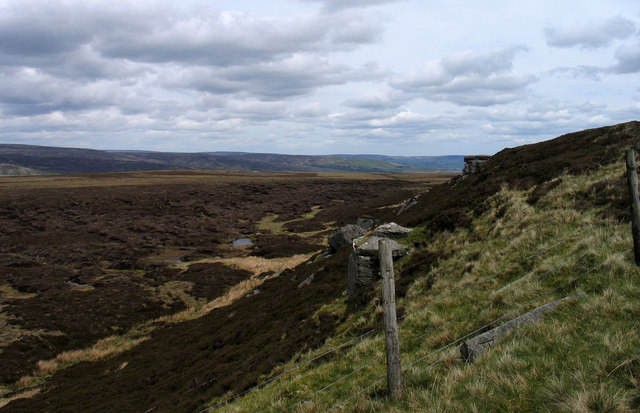
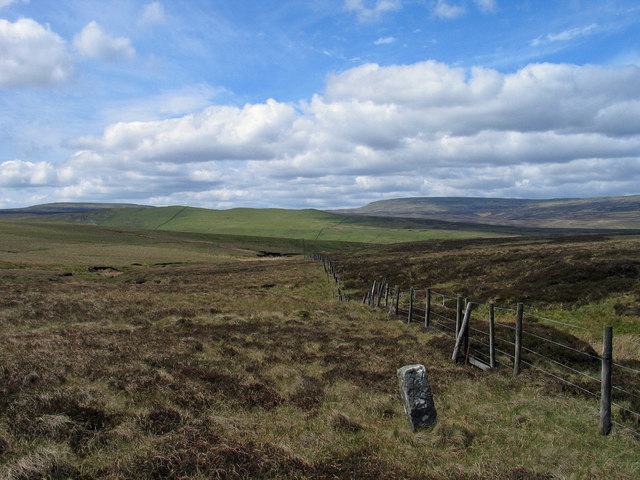
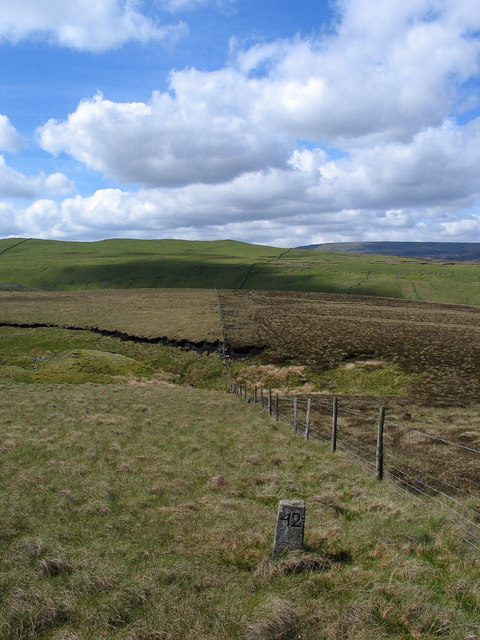
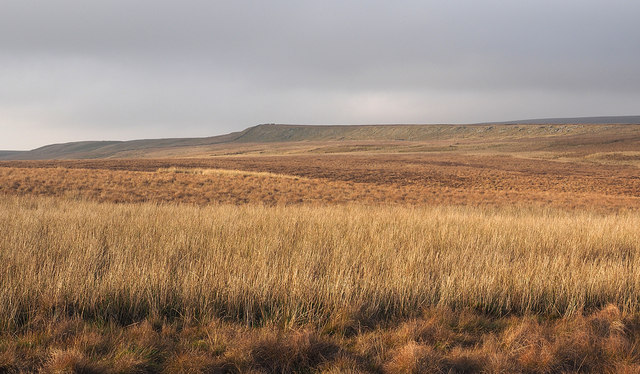
Slate Quarry Moss is located at Grid Ref: NY8418 (Lat: 54.560014, Lng: -2.2435635)
Administrative County: Cumbria
District: Eden
Police Authority: Cumbria
What 3 Words
///letter.contents.symphonic. Near Holwick, Co. Durham
Nearby Locations
Related Wikis
Foster's Hush
Foster's Hush is a Site of Special Scientific Interest in the Teesdale district of west County Durham, England. It is located in the valley of Lune Head...
Lune Forest
Lune Forest is a Site of Special Scientific Interest covering an extensive area of moorland in the Teesdale district of west Durham, England. In the north...
A66 road
The A66 is a major road in Northern England, which in part follows the course of the Roman road from Scotch Corner to Penrith. It runs from east of Middlesbrough...
Stainmore
Stainmore is a remote geographic area in the Pennines on the border of Cumbria, County Durham and North Yorkshire. The name is used for a civil parish...
Nearby Amenities
Located within 500m of 54.560014,-2.2435635Have you been to Slate Quarry Moss?
Leave your review of Slate Quarry Moss below (or comments, questions and feedback).
